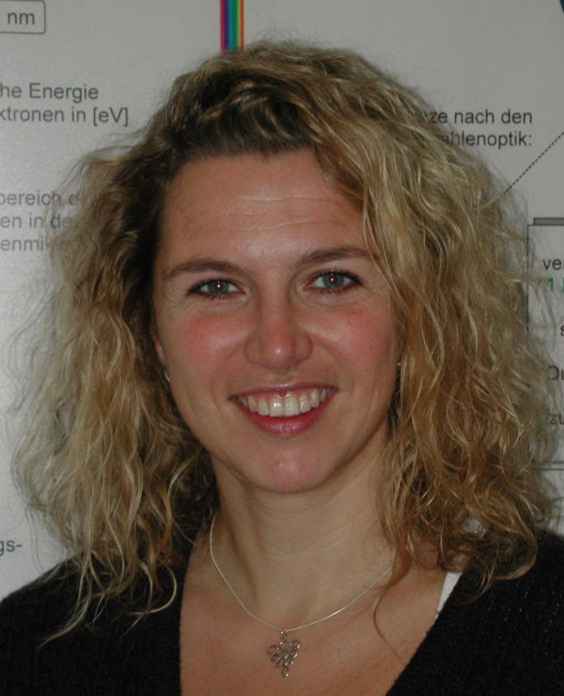1Center for Ultrastructure Research, Ludwig Boltzmann Institute for Molecular Nanotechnology, University of Agricultural Sciences,
Gregor-Mendel-Strasse 33, A-1180 Vienna, Austria, and
2Nanotechnology Group, National Microelectronics Research Center, Lee Maltings, Prospect Row, Cork, Ireland
e-mail: gyoervar@edv1.boku.ac.at
